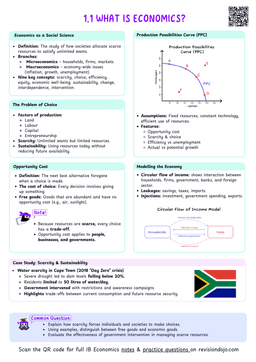Measuring poverty is a complex and challenging task due to its multifaceted nature and the limitations of measurement tools. Resultantly, there are several difficulties that arise when measuring poverty, mainly:
- Measurement problems.
- Manipulation of poverty lines.
- Regional cost of living variations.
- Lack of depth in poverty lines.
- Subjectivity in reporting.
Measurement problems
- Exclusion of wealth and savings:
- Income-based measures (such as poverty lines) do not account for wealth, which people may rely on during economic hardship. Therefore data could display lower poverty in an economy than that in reality, where wealth is also an important factor.
- On the other hand, a lot of families have savings or other types of wealth accumulated which they may use if their income stream decreases. Resultantly, the measures which only consider income, unaware of this information, mark these households as living in poverty.
- Household surveys:
- To collect poverty measures, economists rely on household surveys. The data from these surveys is later extrapolated to the entire population.
- However, homeless individuals or institutionalised populations, often among the most affected by poverty, tend to be excluded from these surveys, leading to underestimates.
- On the other hand, those participating in the underground economy may not fully report their income earnings, leading to overestimates in some cases.
Manipulation of poverty lines
- Government overestimation:
- Governments may inflate poverty lines to demonstrate a higher proportion of people in poverty.


